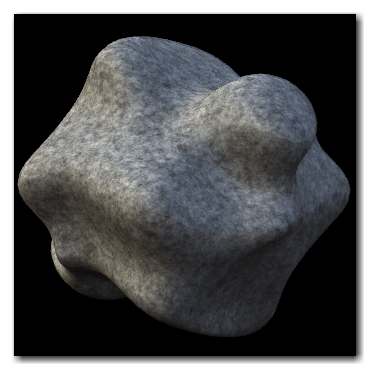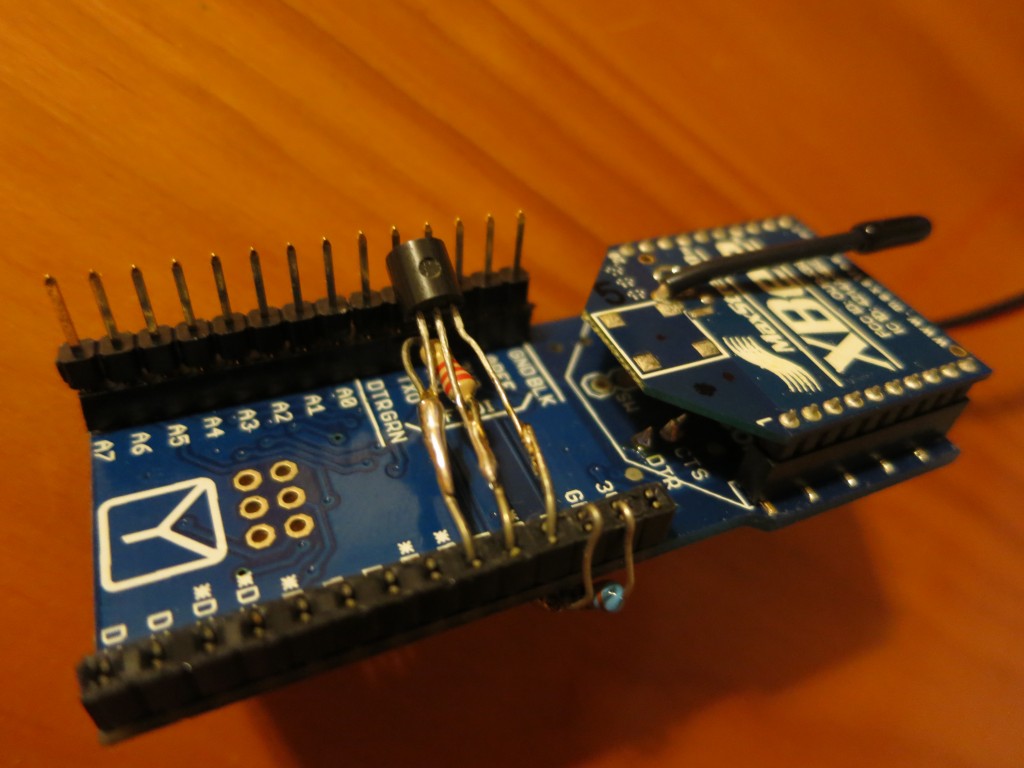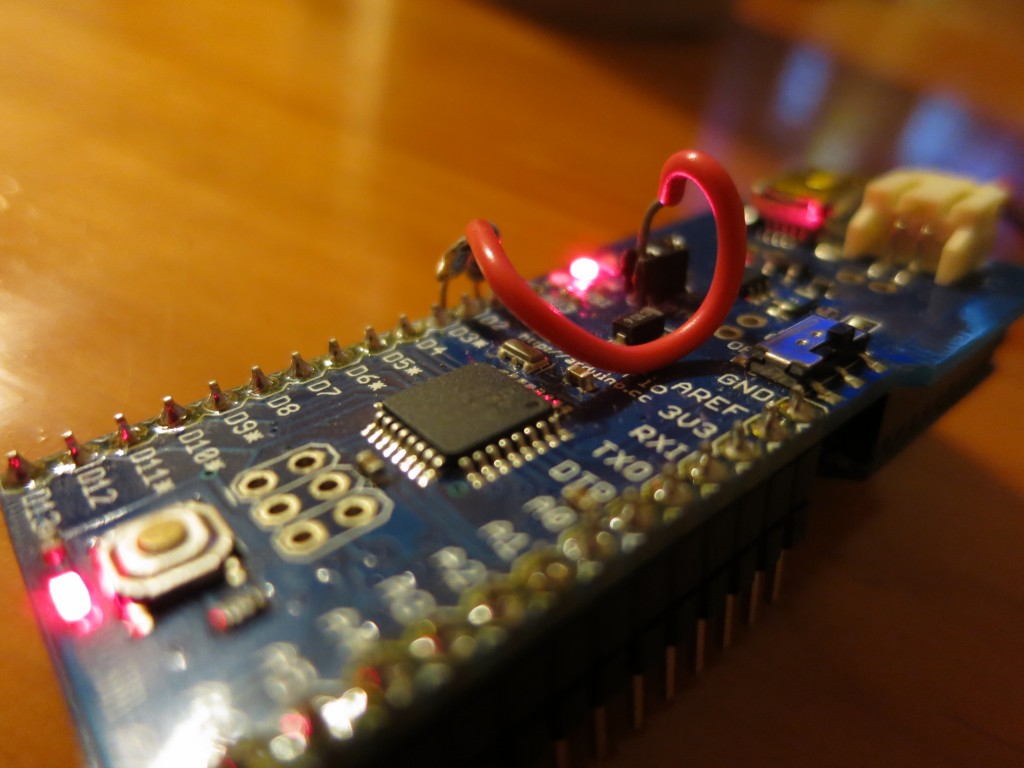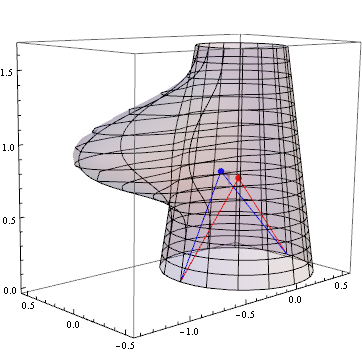As usually, I have been very sporadic in posting new/updated projects due to my prioritization of my doctoral work (i.e., not much time for fun little electronics projects!). However, I’ve been playing around with the Arduino Fio (available from Amazon.com) in my free time for a little while now, so I wanted to post some notes on a very low power usage setup that I was able to put together.

As my free hobby time has dwindled, so has the time I’ve been able to devote to debugging programs written for my little Microchip PICs. So, given my limited time, I decided to dive right into Arduinos — which utilize a higher-level programming language, making things a little quicker and easier for me to tinker — and try to get some wireless communication working. After looking through the possibilities, I settled on the Arduino Fio. The Arduino Fio is a great little Arduino-compatible board that includes a socket for an XBee 802.15.4 wireless module along with a LiPo plug and charger circuit.
Read More





